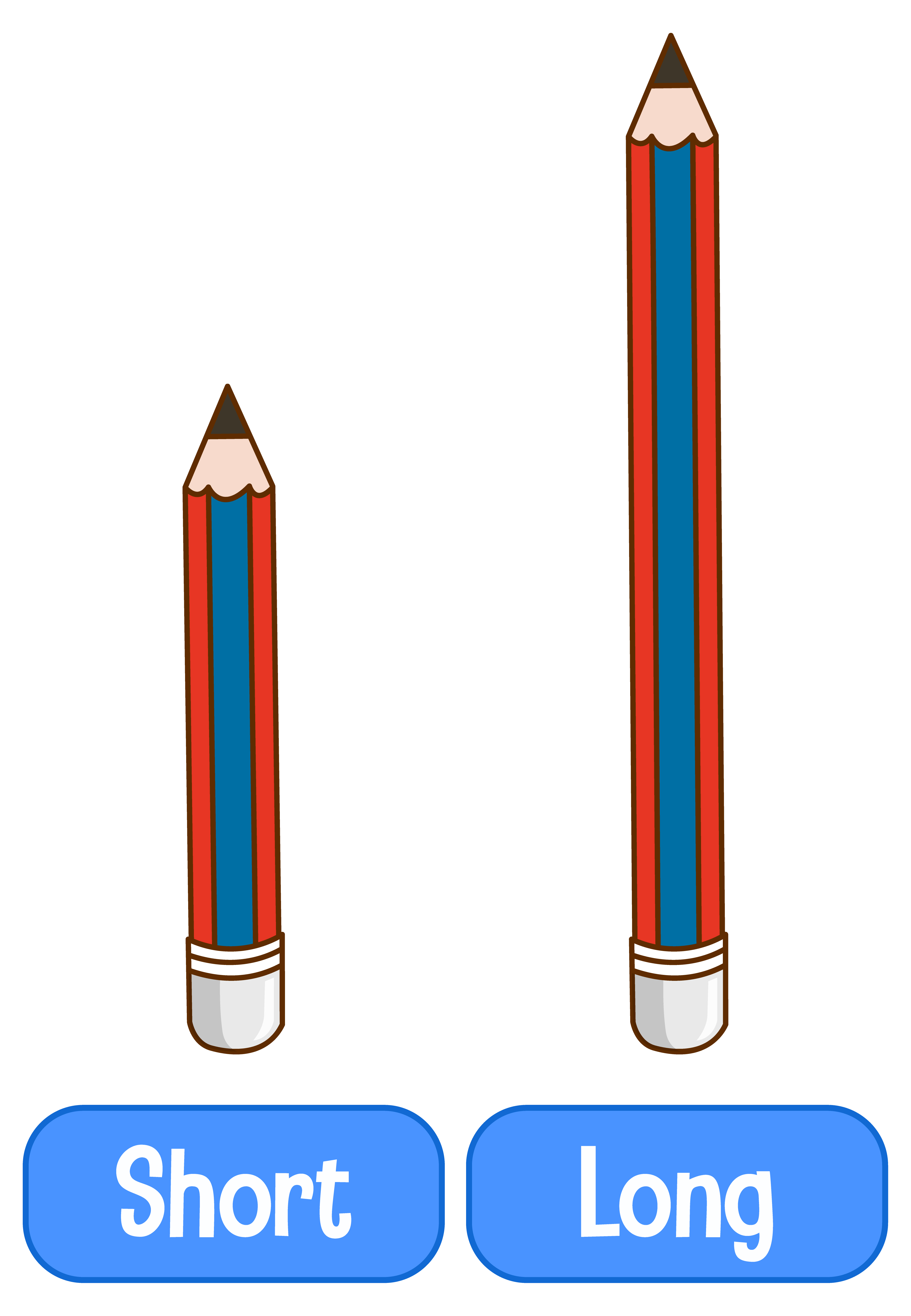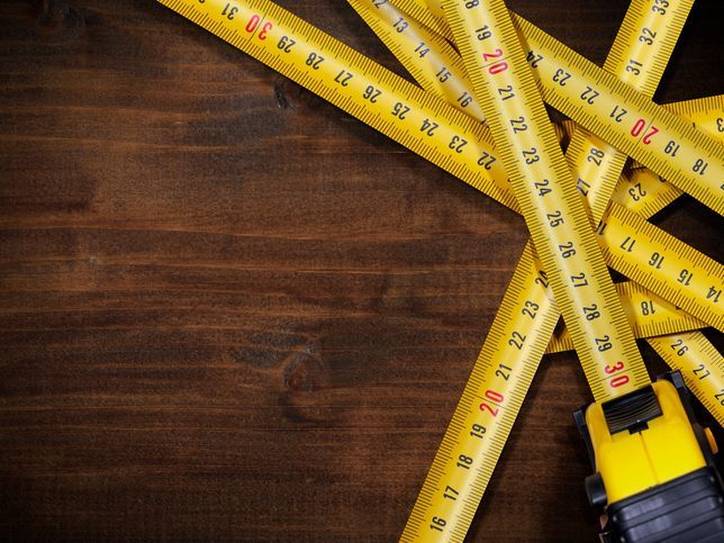How Long Does Henna Last - A Guide To Your Temporary Art
You've just gotten a beautiful henna design, maybe a swirling pattern on your hand or a delicate flower on your ankle, and now you're probably wondering how long this lovely piece of temporary body art will stick around. It's a common question, and the answer, well, it's a bit like asking how long a sunny day will last – it really depends on a few different things. You see, the lifespan of your henna isn't just one set number; it's more of a range, influenced by everything from your skin itself to how you treat the design after it's been applied.
Getting a henna tattoo is such a fun way to express yourself, adding a touch of something special without the lifelong commitment of a permanent mark. People have been enjoying this kind of body decoration for centuries, so there's a lot of wisdom about making these designs look their best and stay for a good while. Knowing what helps your henna last, and what might make it disappear a bit quicker, can truly help you get the most enjoyment from your temporary art. It's actually pretty simple once you know the basics, and you can totally play a part in its longevity.
So, if you're curious about the ins and outs of keeping your henna vibrant, or just want to understand why some designs seem to hang around longer than others, you're in the right spot. We're going to talk about all the little secrets that play a part in how long your henna design stays looking fresh and lovely on your skin. It's really just a matter of understanding the process, and then giving your design a little bit of care, which is pretty easy to do, to be honest.
Table of Contents
- How Long Does Henna Last on Skin?
- What Makes Henna Fade Sooner?
- Ways to Help Your Henna Design Stay Longer
- Does the Type of Henna Matter for how long does henna last?
- How Does Henna Work to Stay on Your Skin?
- How Does Your Henna Fade Over Time?
How Long Does Henna Last on Skin?
So, the big question on everyone's mind when they get a beautiful henna design is, naturally, "How long does henna last on skin?" Generally speaking, a natural henna design, the kind that starts off a bright orange and darkens to a deep reddish-brown, tends to stay visible for about one to three weeks. That's a pretty good stretch of time for a temporary piece of body art, if you think about it. Now, that range of one to three weeks isn't just a random guess; it really depends on a few key elements, which we'll get into. For example, the part of your body where the henna is placed can make a real difference, as can how well you look after it. Some spots on your body, like your palms or the soles of your feet, just seem to hold onto the color for a noticeably longer period, which is pretty neat, actually. These areas have thicker skin, which absorbs the dye more effectively, and they also tend to shed skin cells at a slower rate compared to other places. Other areas, like your arms or back, might see the design fade a bit quicker, simply because the skin there is thinner and sheds its outer layer more frequently. It's almost like your skin has its own little timeline for letting go of things, you know?
The actual color development is also part of this whole "how long does henna last" puzzle. When the paste first comes off, the stain is usually a bright orange. Over the next day or two, it deepens considerably, turning into that rich, earthy reddish-brown or sometimes even a dark maroon color. This darkening process is called "oxidation," and it's a good sign that your henna is truly natural and has bonded well with your skin. The darker the initial stain, the longer it tends to stick around, which is a pretty reliable indicator. If your stain isn't very dark to begin with, it might not last as long as you'd hope, which is something to keep in mind. So, if you're aiming for a design that stays put for a good while, encouraging that deep, dark stain from the get-go is definitely a good idea. It's all part of the natural process, and it's quite fascinating to watch it change.
What Makes Henna Fade Sooner?
While we all hope our henna designs will last forever, or at least for a very long time, there are certain things that can, unfortunately, make them disappear a bit faster than you'd like. It's just the way it goes sometimes, you know? Understanding these factors can help you avoid them if you want your design to stick around for its full potential. Think of it like this: your skin is constantly renewing itself, and some daily actions can speed up that renewal process right where your lovely design sits. It's not about doing anything wrong, just about being aware of how your body and your habits interact with the henna. You might be surprised by some of the things that can influence how long does henna last, as a matter of fact.
Your Skin's Natural Cycle and how long does henna last
One of the biggest reasons why henna eventually fades is something you can't really control: your skin's natural shedding process. Our skin is pretty amazing, constantly replacing its outer layer of cells. This means the top layer of skin, where the henna dye has settled, is always being pushed up and eventually flakes off. It's a completely normal and healthy part of how our bodies work, but it does mean your temporary tattoo has a built-in expiration date, so to speak. The speed at which your skin sheds cells varies from person to person, and also depends on the specific area of the body. For instance, skin on your face or neck tends to renew itself more quickly than, say, the skin on your back or the palms of your hands. This natural turnover is a key factor in determining how long does henna last for you personally. If you have skin that sheds cells more quickly, your design might just not stick around for as long as someone else's, which is just how some bodies are, apparently.
Age can play a bit of a role too, as younger skin tends to regenerate cells at a quicker pace than older skin. So, a child's henna design might not last as long as an adult's, even with the same care, which is something to keep in mind. Also, the general health of your skin can influence things. Well-hydrated, healthy skin might hold onto the stain a little bit better, as it provides a good surface for the dye to bond with. Dry or flaky skin, on the other hand, might shed the henna a bit more rapidly. It's pretty much all about that top layer of skin, and how long it stays put. This whole process is a natural part of how our bodies maintain themselves, so it's not something you can stop, but you can certainly try to work with it to get the most out of your temporary art, you know?
Daily Routines and how long does henna last
Beyond your skin's own cycle, your daily habits and routine can have a pretty big impact on how long does henna last. Things like how often you wash the area, what kind of products you use, and even the clothes you wear can make a difference. For instance, frequent washing, especially with harsh soaps or exfoliating scrubs, will definitely make your henna fade faster. These products are designed to remove dead skin cells, and since henna sits in those very cells, they essentially scrub your design away. It's like trying to keep a sandcastle when the tide is coming in, in a way. Even just regular showering can contribute to fading over time, simply because of the water and gentle friction involved. So, if you're someone who takes a lot of showers or baths, your design might just not last as long as someone who doesn't, which is something to consider.
Exposure to certain chemicals is another big no-no if you want your henna to stick around. Chlorine, found in swimming pools, is a particularly strong culprit. It can strip the color from your henna almost instantly, turning a deep stain into a pale ghost of its former self. Hand sanitizers, too, often contain alcohol or other drying agents that can be really harsh on henna. Even some moisturizers or sunscreens, if they contain certain ingredients, can sometimes speed up the fading process. Friction from clothing or activities can also wear down the design. If your henna is on a spot that constantly rubs against your clothes, like your waistline or under a sleeve, it's probably going to fade quicker than a design on a less-touched area. It's all about minimizing anything that might rub away or dissolve that top layer of skin, and the dye within it, which is pretty straightforward, actually.
Ways to Help Your Henna Design Stay Longer
Now that we've talked about what might make your henna disappear, let's switch gears and focus on all the wonderful things you can do to help your design stay vibrant and beautiful for as long as possible. There are actually quite a few simple steps you can take, both before you even get the henna applied and during the days after, that can really make a difference in how long does henna last. It's a bit like preparing a canvas before painting; the better the prep, the better the final result and its longevity. These tips are pretty easy to follow and don't require any special tools or complicated routines, which is pretty convenient, if you ask me. It's all about being a little bit mindful and giving your temporary art the best chance to shine for its full lifespan.
Getting Ready for how long does henna last
Before the henna paste even touches your skin, there are a couple of things you can do to prepare the area and give your design the best possible start for how long does henna last. First off, make sure your skin is clean and dry. Any lotions, oils, or dirt on the skin can create a barrier between the henna dye and your skin cells, which means the dye won't be able to sink in as well. So, a gentle wash with soap and water, followed by thorough drying, is a really good first step. You want a fresh, clean surface for the henna to really bond with, you know? This seems pretty obvious, but it's often overlooked, and it can make a big difference.
Another helpful tip is to gently exfoliate the area a day or two before your henna application. This helps to remove any loose, dead skin cells from the surface. By getting rid of these old cells, you're essentially creating a fresh, new layer of skin for the henna to stain. Since henna stains the very top layer of your skin, having a newer, more stable surface means the dye has a better chance of sticking around for a longer period. It's almost like giving your skin a little fresh start, which is pretty smart, if you think about it. Just be gentle with your exfoliation; you don't want to irritate your skin right before applying the henna. A simple scrub or even a loofah can do the trick. This preparation really sets the stage for how long does henna last, giving it a solid foundation.
Taking Care of Your Design for how long does henna last
Once your henna design is on and the paste has dried, the aftercare steps are arguably the most important part of making sure how long does henna last. The longer you leave the dried henna paste on your skin, the darker and longer-lasting your stain will be. Many artists recommend leaving it on for at least 6-8 hours, but some suggest even longer, like 12-24 hours, for the best results. The paste needs time for the dye to truly soak into your skin cells. You might want to wrap the area gently with a breathable material, like medical tape or a soft cloth, to keep the paste from flaking off too soon and to keep it warm, which helps the dye release. This warmth is actually pretty important for a really good stain, you know?
After you remove the dried paste (don't wash it off with water; gently scrape it off instead), try to keep the area away from water for the first 24 hours if you can. Water can interrupt the oxidation process, which is when the stain gets its final, deep color. If you absolutely must get the area wet, try to keep it brief and pat it dry immediately. Over the next few days and weeks, moisturizing your henna design regularly is a fantastic way to extend its life. Use a natural oil, like olive oil, coconut oil, or a specialized henna balm. These oils help to keep your skin hydrated and supple, which slows down the skin's natural shedding process. Dry skin tends to shed faster, taking your henna with it. So, a little bit of moisture goes a very long way in preserving your beautiful art, which is pretty simple to do, to be honest.
When you shower or bathe, try to avoid scrubbing the hennaed area directly. Use a gentle, mild soap, or even just plain water, and pat the area dry instead of rubbing it. You should also try to avoid swimming in chlorinated pools or soaking in hot tubs, as the chemicals can really strip the color away. If you absolutely have to swim, you could try applying a thick layer of natural oil or even Vaseline over your design beforehand; this creates a barrier that might offer some protection. Basically, anything that causes friction or harsh chemical exposure to the area should be minimized if you want your henna to stick around for its full potential. It's all about being kind to your skin and your temporary artwork, which is pretty straightforward, really.
Does the Type of Henna Matter for how long does henna last?
This is a really important question when you're thinking about how long does henna last, because not all "henna" is created equal. When we talk about true, natural henna, we're referring to a paste made from the leaves of the henna plant (Lawsonia inermis). This is the traditional, safe, and beautiful kind of body art that stains the skin a reddish-brown color. This natural henna, when properly prepared and cared for, will typically last that one to three weeks we discussed earlier. It's the real deal, and it's what you should always look for if you want a safe and predictable experience, you know?
However, there's something called "black henna" that you absolutely need to be aware of. Despite its name, "black henna" is not made from the henna plant at all. It usually contains a chemical dye called para-phenylenediamine, or PPD for short. PPD is found in black hair dyes, and while it's safe for hair in controlled amounts, it's extremely dangerous when applied directly to the skin. It can cause severe allergic reactions, including blistering, scarring, and permanent skin sensitization. Designs made with "black henna" might appear very dark, almost black, and they might seem to last a very long time, sometimes even for weeks or months. But this extended longevity comes at a very serious cost to your health.

Long Short Vector Art, Icons, and Graphics for Free Download

Short E Long E

Long vs. Lengthy: Usage, Differences, and Discussion | Merriam-Webster